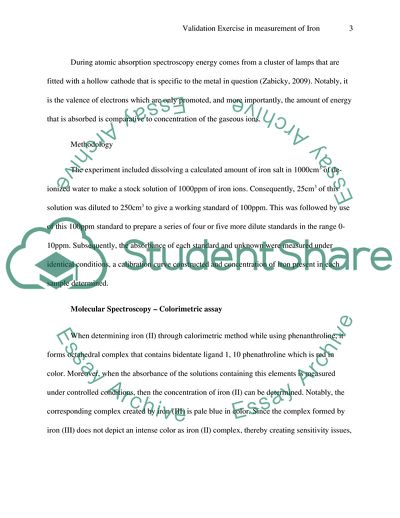Cite this document
(Validation Exercise in Measurement of Iron Lab Report, n.d.)
Validation Exercise in Measurement of Iron Lab Report. https://studentshare.org/chemistry/1789282-validation-exercise-in-measurement-of-iron-method-in-lab-analysis
Validation Exercise in Measurement of Iron Lab Report. https://studentshare.org/chemistry/1789282-validation-exercise-in-measurement-of-iron-method-in-lab-analysis
(Validation Exercise in Measurement of Iron Lab Report)
Validation Exercise in Measurement of Iron Lab Report. https://studentshare.org/chemistry/1789282-validation-exercise-in-measurement-of-iron-method-in-lab-analysis.
Validation Exercise in Measurement of Iron Lab Report. https://studentshare.org/chemistry/1789282-validation-exercise-in-measurement-of-iron-method-in-lab-analysis.
“Validation Exercise in Measurement of Iron Lab Report”. https://studentshare.org/chemistry/1789282-validation-exercise-in-measurement-of-iron-method-in-lab-analysis.


